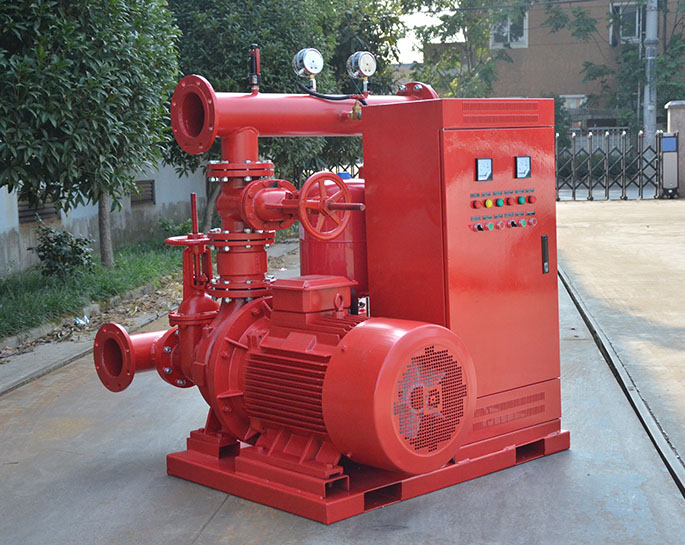Cavitation phenomenon of fire pump
Cavitation is a phenomenon that can occur in fire pumps, as well as in various types of pumps used for fluid transportation. It is important to understand cavitation because it can lead to reduced pump performance, damage to pump components, and even pump failure if not properly addressed.
Cavitation in a fire pump typically occurs in the suction side of the pump, where water is drawn in from a water source such as a hydrant, reservoir, or open water body. Here's how cavitation in a fire pump can occur:
-
Low Pressure Zone: When the fire pump is operating, it creates a low-pressure zone at the inlet or suction side of the pump to draw water in.
-
Vaporization: If the pressure in this low-pressure zone drops too much, it can cause the water to vaporize or boil at a temperature lower than its normal boiling point. This creates tiny vapor bubbles in the liquid.
-
Bubble Collapse: As the water with these vapor bubbles moves further into the pump, it enters higher pressure zones. This higher pressure causes the vapor bubbles to collapse or implode rapidly. When the bubbles collapse, they release a significant amount of energy in the form of shock waves.
-
Damage and Noise: The rapid collapse of these bubbles can create noise, vibration, and mechanical stress on the pump components. Over time, this can lead to damage to the impeller, casing, and other parts of the pump. It can also reduce the pump's efficiency and performance.
To prevent cavitation in a fire pump, several steps can be taken:
-
Proper Pump Sizing: Ensure that the pump is correctly sized for the intended flow and pressure requirements. An undersized pump is more likely to experience cavitation.
-
Adequate NPSH (Net Positive Suction Head): Maintain an adequate NPSH to ensure that the pressure at the suction side of the pump does not drop below the vapor pressure of the fluid. This can be achieved by maintaining proper suction piping design and minimizing suction line restrictions.
-
Impeller Design: Select and maintain pump impellers designed to minimize cavitation, such as those with low NPSH requirements.
-
Monitoring: Regularly monitor the performance and condition of the fire pump to detect cavitation early. Unusual noise or vibration can be early signs of cavitation.
-
Water Source: Ensure that the water source provides sufficient water supply and does not have any air entrainment issues.
-
Proper Maintenance: Regular maintenance and inspection of the pump components can help identify and address cavitation-related issues before they become severe.
Cavitation in a fire pump is a serious concern as it can compromise the pump's ability to deliver water at the required pressure and flow rates during firefighting operations. Proper design, maintenance, and monitoring are essential to prevent cavitation and ensure the reliable performance of a fire pump when it is needed most.


.png)
.png)

.png)


